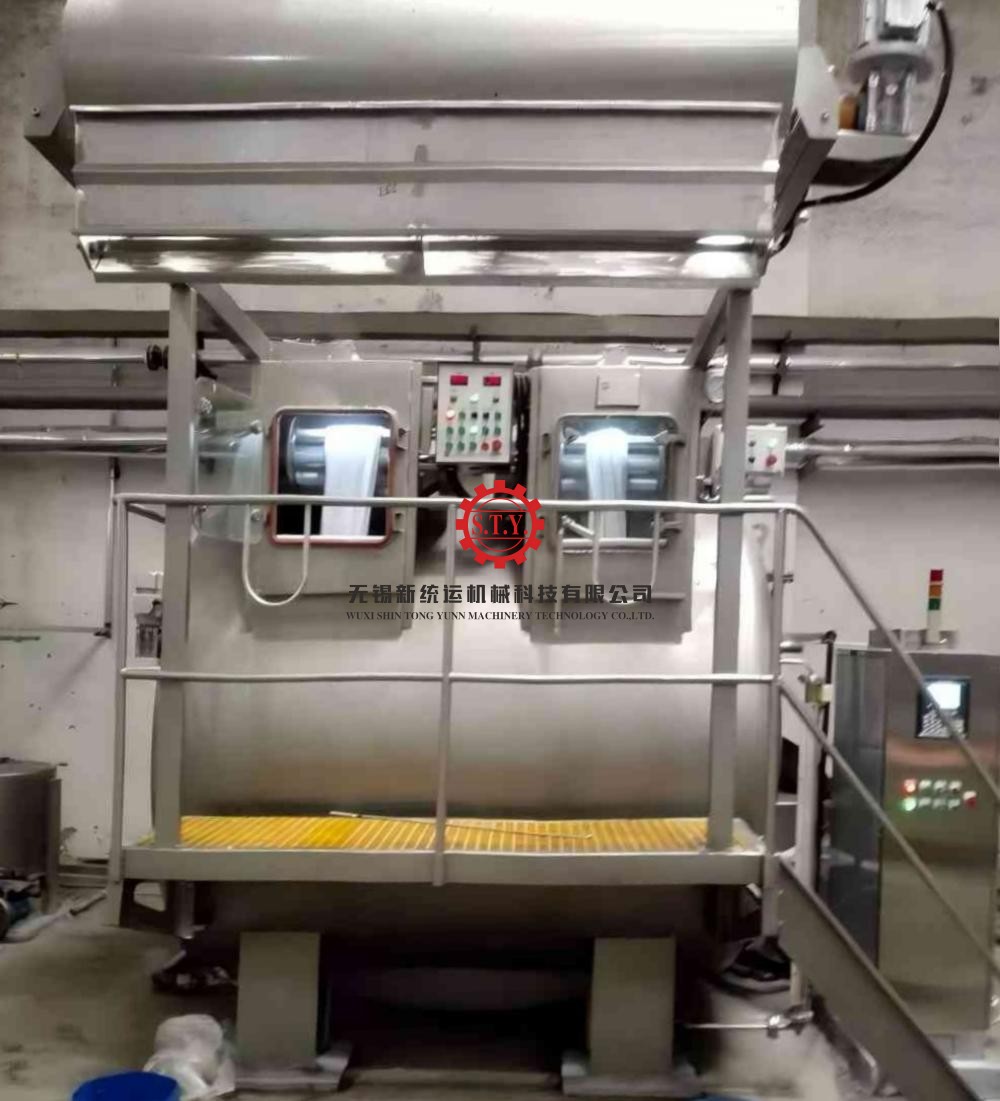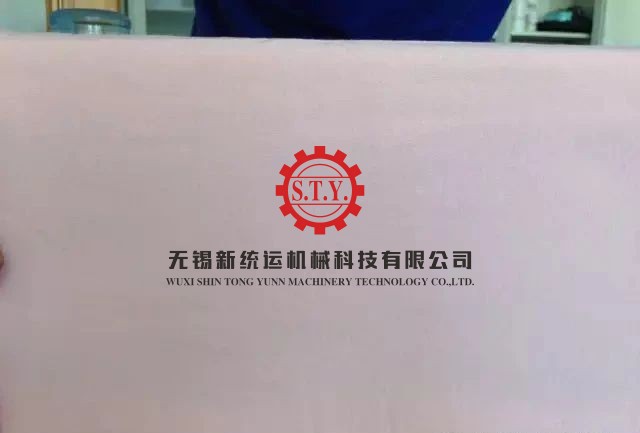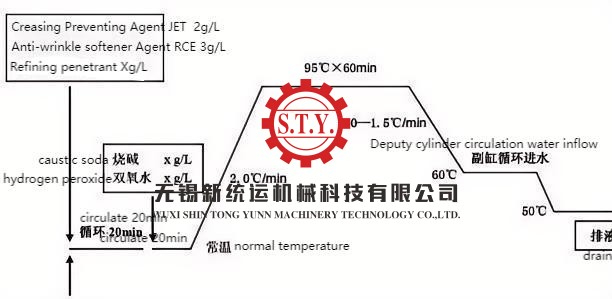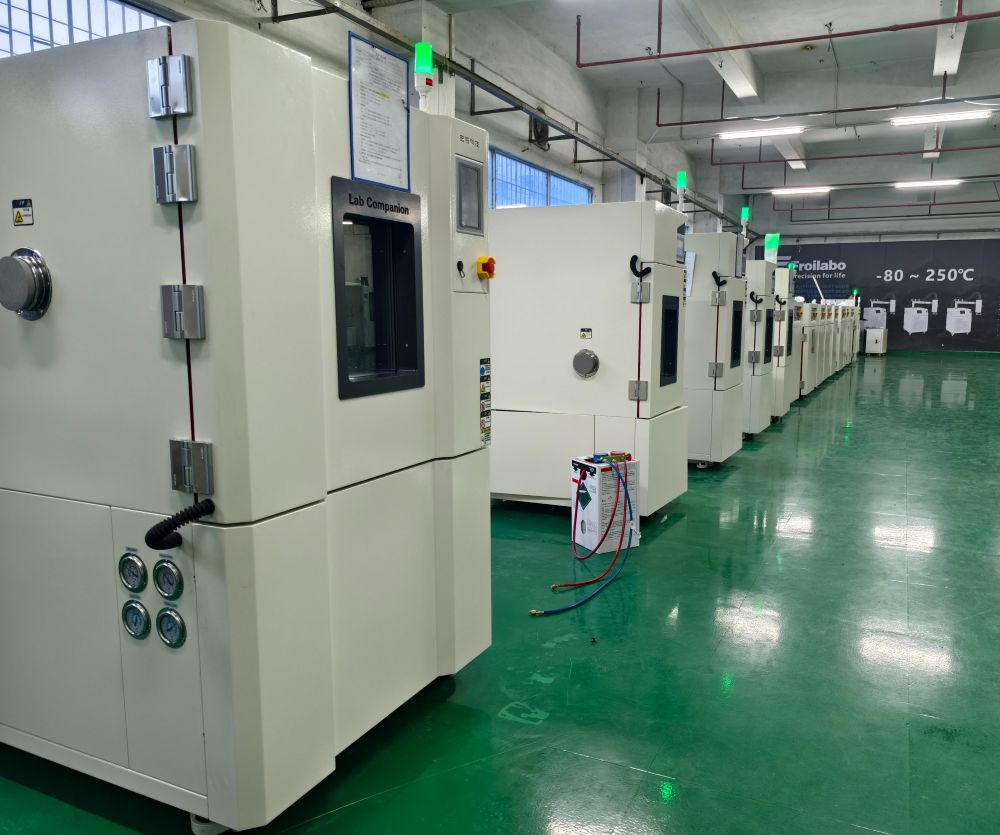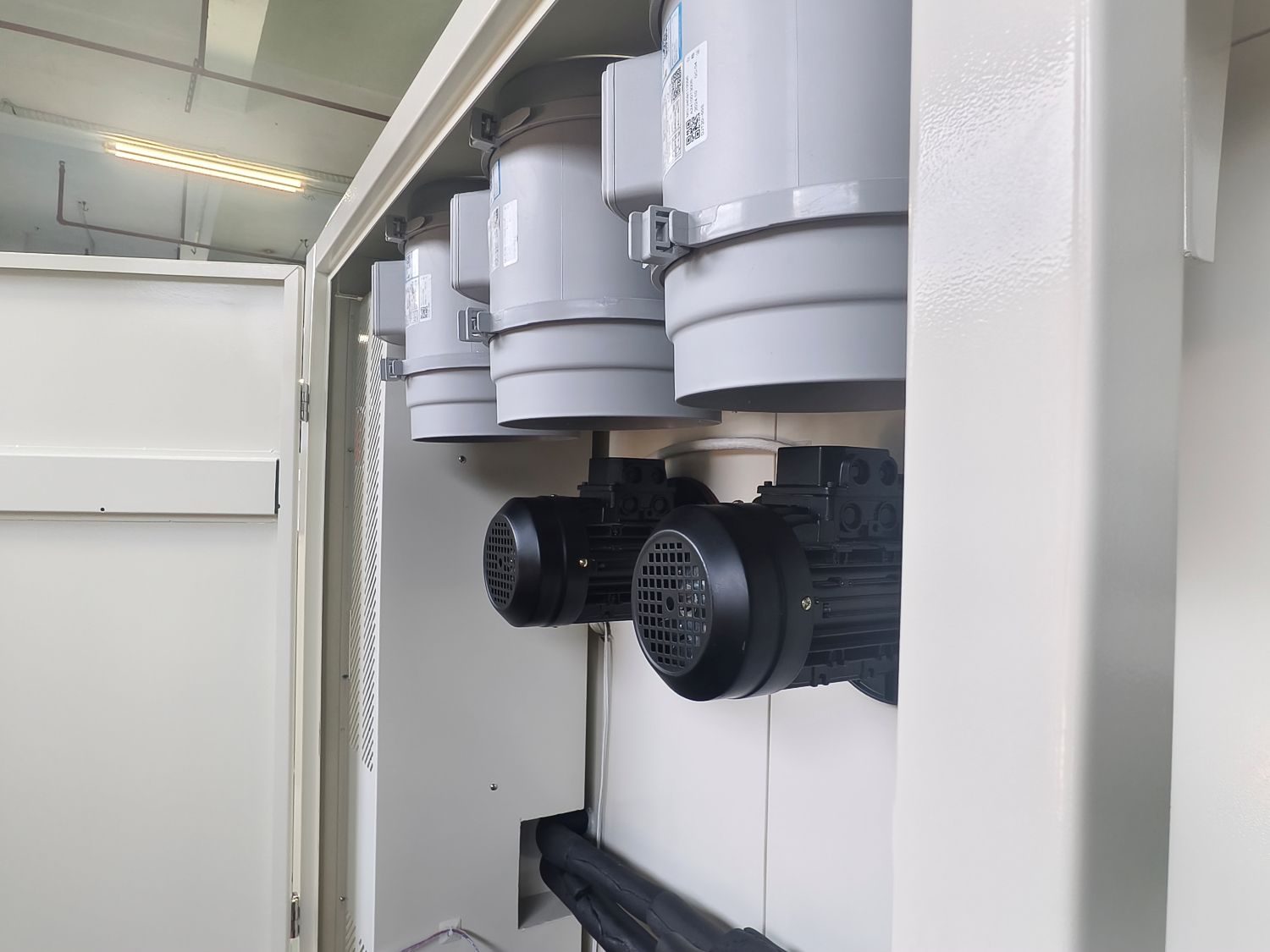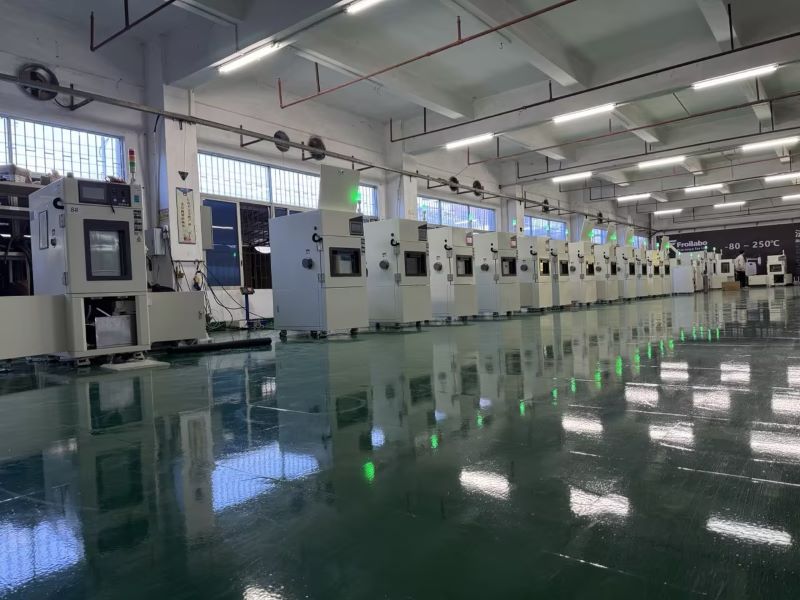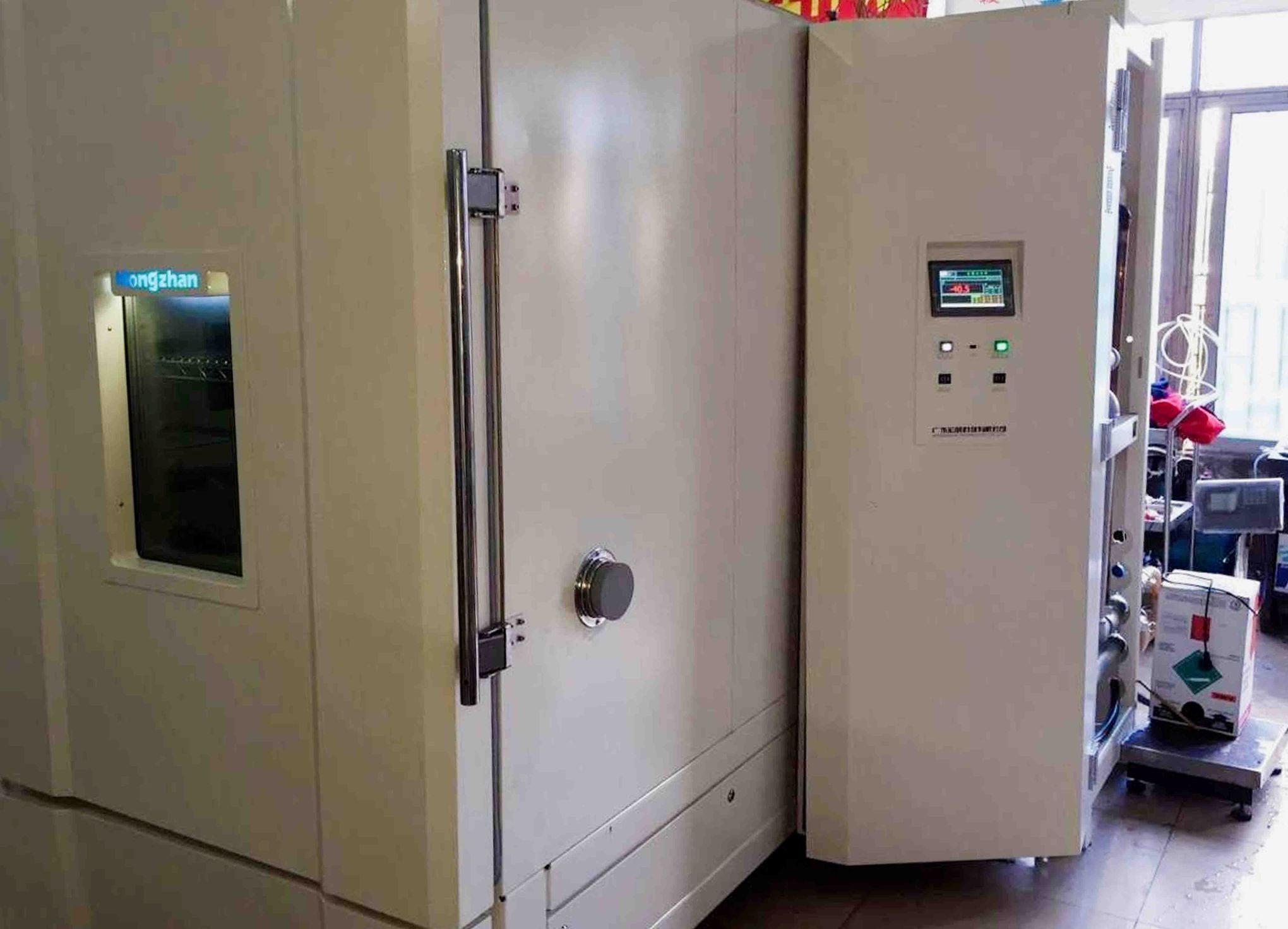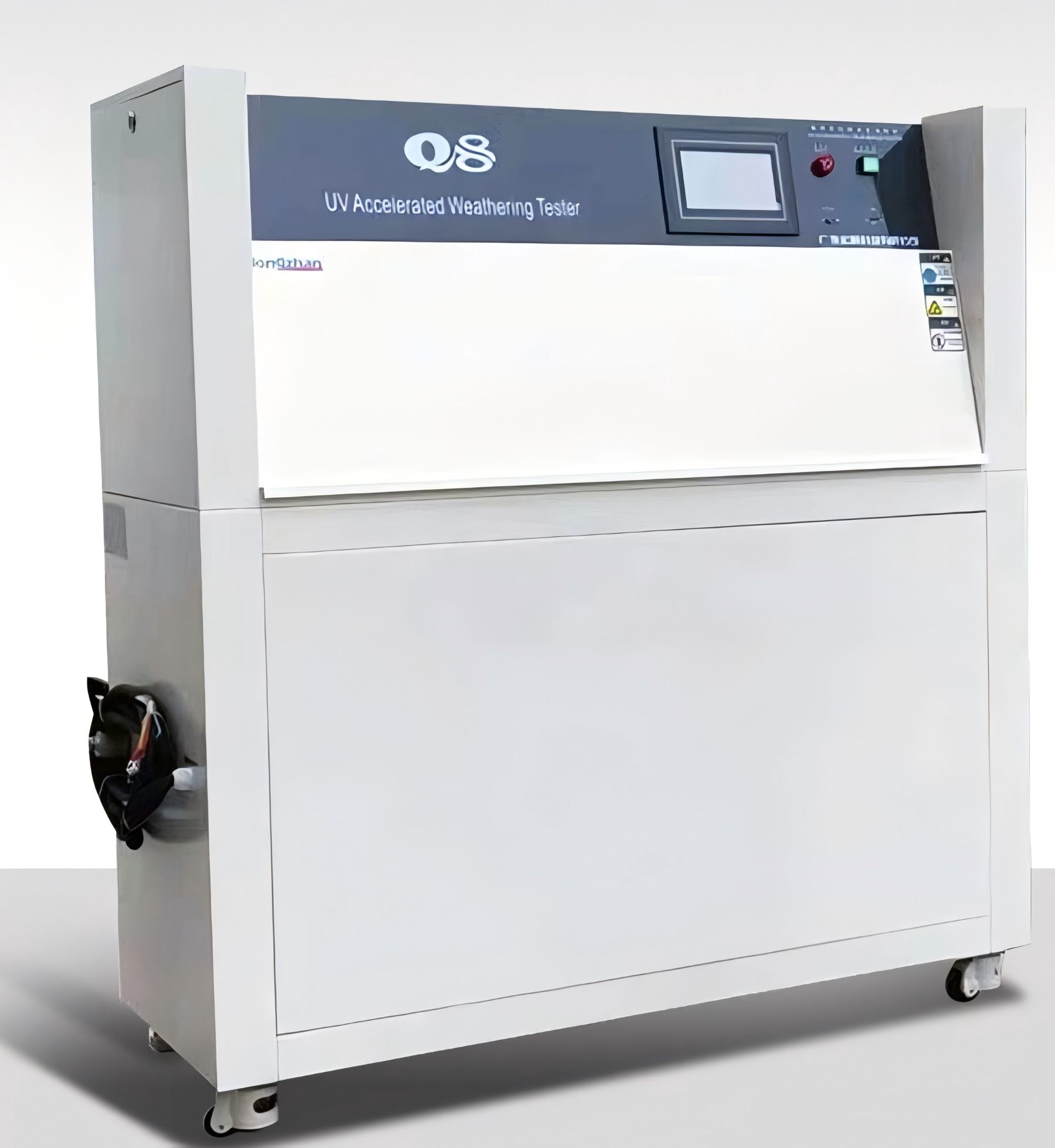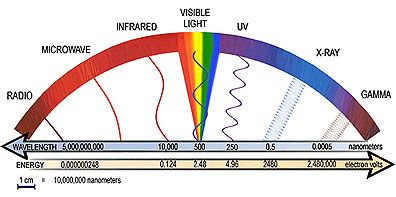As environmental awareness continues to rise and the need for cost control becomes more pressing, the market demands packaging materials that are more economical and sustainable. In the cement packaging industry, traditional kraft paper valve bags have long been the go-to option. However, with advancements in technology and changing market demands, polypropylene (PP) woven valve bags are increasingly becoming a viable alternative to kraft paper valve bags.
1. Environmental and Sustainability Pressures Drive the Shift
While kraft paper valve bags have certain advantages in terms of strength and environmental friendliness, their production relies heavily on wood, and the recyclability of paper materials is relatively low. Additionally, the manufacturing process of paper bags often involves chemical treatments, which can have negative environmental impacts. In contrast, PP woven valve bags offer superior recyclability and lower carbon emissions, making them an ideal choice for eco-friendly packaging.
PP woven bags can be recycled multiple times, and unlike paper, they do not require the consumption of forest resources during production. With growing global attention on environmental regulations and sustainable production practices, the use of PP woven materials aligns with the future direction of the packaging industry.
2. Cost Benefits Fuel Market Demand
Compared to kraft paper, polypropylene is a more affordable raw material with a simpler manufacturing process, leading to higher production efficiency. The unit cost of PP woven valve bags is lower, making them a cost-effective choice for bulk packaging. For manufacturers, switching to PP woven bags allows them to reduce packaging costs while maintaining the necessary product protection.
Additionally, the lightweight nature of PP woven bags makes them more efficient in terms of transportation and storage. Unlike heavier paper bags, PP woven bags reduce shipping costs and are easier to handle, further driving their adoption by manufacturers looking to optimize operational expenses.
3. Superior Durability and Functionality
PP woven valve bags outperform kraft paper bags in terms of strength, corrosion resistance, UV protection, and overall durability. Due to the inherent properties of polypropylene, PP woven bags are highly resistant to moisture, acids, and alkalis, ensuring long-lasting performance even in harsh environments. This makes them an ideal choice for packaging cement and other powder-based materials, providing better protection from external elements.
Moreover, PP woven bags can be customized with various features such as water resistance, anti-static properties, and UV protection, further enhancing their functionality and adaptability to specific packaging requirements.
4. Market Trends and Competitive Landscape
As environmental policies become more stringent, companies are increasingly turning to sustainable, eco-friendly packaging solutions. PP woven valve bags, with their low cost, high strength, and favorable environmental impact, are becoming the preferred choice in the packaging market. In international markets, especially in Europe and North America, a growing number of cement producers are opting for PP woven bags as a replacement for traditional paper bags.
Market research indicates that the share of PP woven valve bags will continue to grow over the next few years. In response to this trend, many cement manufacturers are investing in PP woven bag production equipment to enhance efficiency and lower costs.
5. Recommendation for PP Valve Bag Machines
With the rising demand for PP woven valve bags, the production equipment used to manufacture these bags has become crucial. PP valve bag machines- Gachn-Jeenar’s PP valve bag machines, designed specifically for the production of PP woven bags, can significantly improve production efficiency and bag quality.
The advantages of modern PP valve bag machines include:
· High Efficiency: PP valve bag machines utilize automated production technologies, greatly increasing production speed. These machines can produce thousands of valve bags per hour, meeting the demands of large-scale production.
· Precision Design: Equipped with advanced control systems, PP valve bag machines ensure that each bag meets strict quality standards in terms of size, sealing, and durability.
· Customization Flexibility: Modern PP valve bag machines allow for the production of bags in various sizes, thicknesses, colors, and even printed designs, providing flexibility for different market needs.
· Energy Efficiency: With the latest technological advancements, PP valve bag machines are designed to be energy-efficient, reducing power consumption and material waste while meeting eco-friendly production standards.
· Low Maintenance Costs: These machines are designed with a simple structure, making them easy to operate and maintain, reducing long-term operational costs for manufacturers.
As the demand for PP woven valve bags continues to grow, investing in high-quality PP valve bag machines is a strategic move for cement manufacturers to increase production capacity, reduce costs, and remain competitive in the market.
Conclusion
PP woven valve bags present significant advantages over traditional kraft paper valve bags, particularly in terms of environmental impact, cost-effectiveness, and durability. As global demand for sustainable and efficient production practices rises, PP woven bags are poised to dominate the packaging market. For cement producers, investing in advanced PP valve bag machines --Gachn-Jeenar’s PP valve bag machines, will not only enhance production efficiency but also improve product competitiveness—making it a wise investment for adapting to the evolving market.
